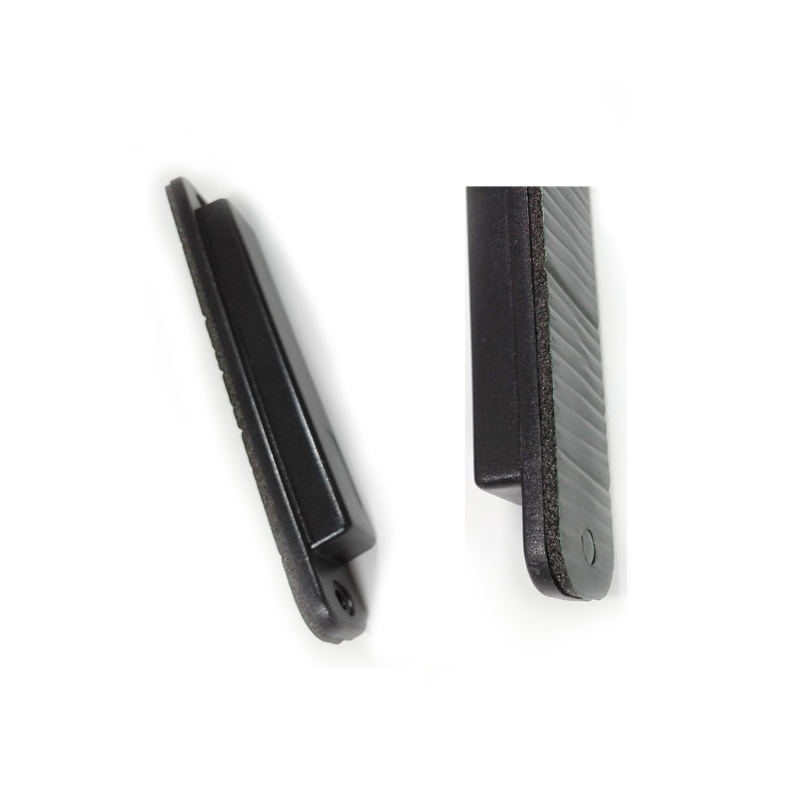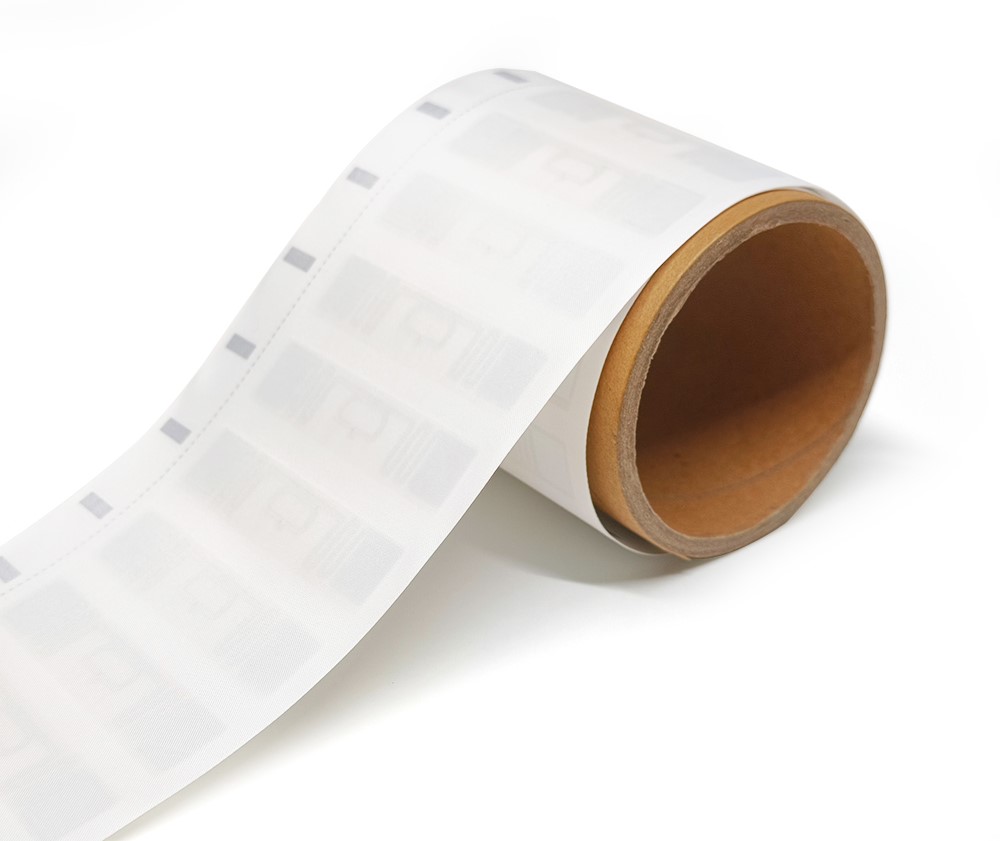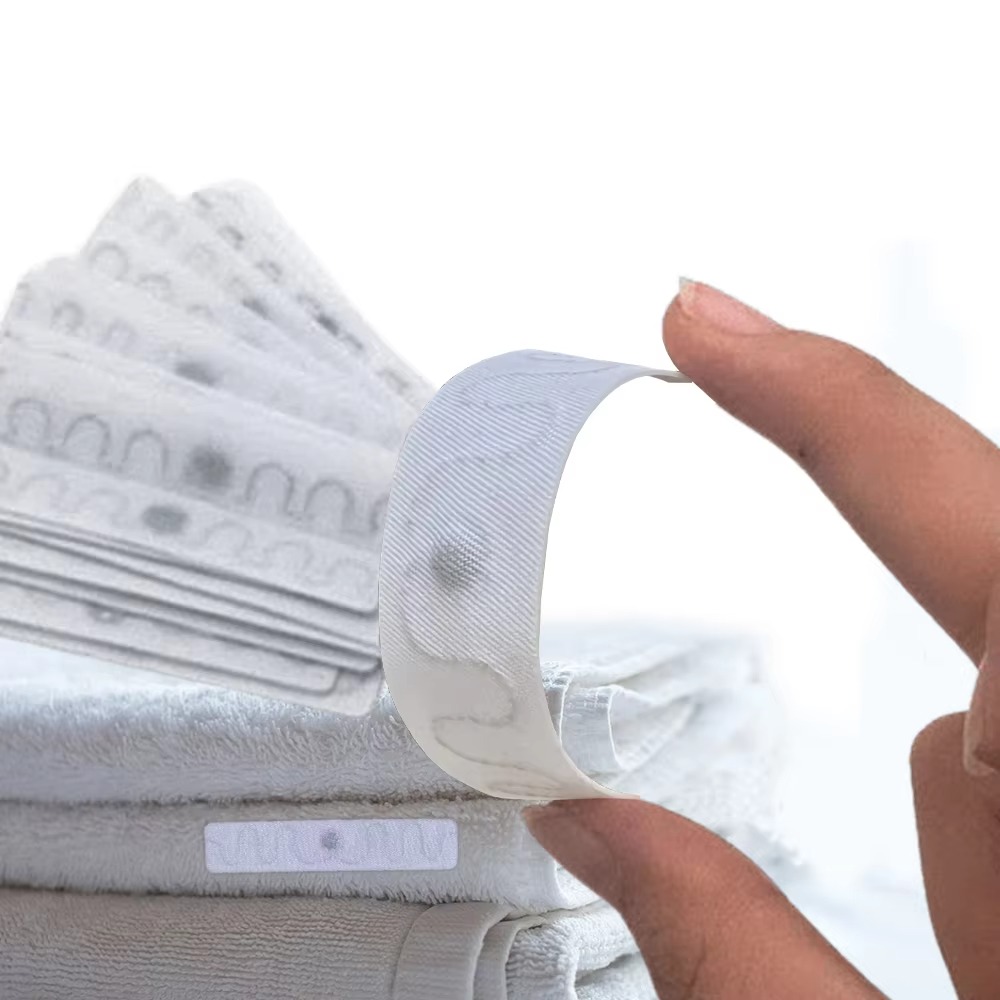
UHF RFID Label Blood Bottle Tag
UHF RFID Label Blood Bottle Tag
Traditional blood bags are labeled with barcodes for tracking, which contain details about the blood type and coded information. However, barcodes have several limitations. They must be visible to be scanned, requiring technicians to individually scan each barcode. This process is complicated by the fact that barcodes can easily become crumpled or bent, necessitating manual effort to flatten them for readability. Additionally, barcode labels on frozen blood bags can freeze, making scanning difficult.
In contrast, RFID technology offers several advantages for blood chain tracking:
Reduced Contact and Contamination: RFID minimizes direct handling, decreasing the risk of blood contamination.
Real-Time Data Recording: RFID-based blood bags capture information at every stage, reducing human error.
Automatic Expiration Alerts: RFID can automatically remind staff of the validity periods for blood products.
Efficient Multi-Tag Scanning: RFID allows for the simultaneous scanning of multiple tags, improving operational efficiency.
Comprehensive Tracking: RFID enables thorough tracking from collection to transfusion, enhancing patient safety.
By implementing RFID, blood tracking becomes more efficient and secure, addressing the limitations of traditional barcoding methods
Application
- Blood Bottle Management
- Smart Retail
- Product Identification
- Inventory Management
- Asset Management
- Supply Chain Management
Frequently Asked Questions (FAQ) – UHF RFID Blood Bottle Tags
Q1: Why should hospitals or blood banks switch from traditional barcodes to RFID technology?
A: While barcodes are cost-effective, they have significant limitations: they must be visible to scan, are easily damaged, and don’t perform well in cold environments. RFID tags, on the other hand, can be read without line of sight, support simultaneous multi-tag scanning, and maintain performance in freezing conditions—making them ideal for modern blood supply chain management.
Q2: How does the RFID label enhance safety in blood management?
A: RFID enables end-to-end traceability—from collection, transport, and storage to transfusion. It automatically records data at every stage, reducing manual entry errors. Additionally, it can send real-time alerts for expiration, ensuring that only safe, valid blood products are used for patients.
Q3: Can this RFID label withstand low-temperature environments such as frozen blood storage?
A: Yes. The label is made with PET and 80g coated paper with a strong adhesive backing, designed for non-metal surfaces. It operates reliably in temperatures from -20°C to 80°C and can be stored in environments ranging from -20°C to 100°C, making it highly suitable for blood cold chain logistics.
Q4: Is it possible to scan multiple blood bags at the same time using this RFID tag?
A: Absolutely. One of the core benefits of RFID over barcodes is the ability to scan many items simultaneously, even without direct visibility. This significantly improves inventory speed and accuracy in high-volume environments like blood banks.
Key Features
Base Material | PET |
Liner Material | 80g Coated Paper |
Bottom material | Release Paper |
Quantity | 2500PCS/Roll(Can Be Customized) |
Reel lnner Diameter | 76.2 mm |
Tag Dimensions | 73 * 17 mm |
Antenna Dimensions | 70 * 14 mm |
Electrical Specification | |
Air Interface Protocol | EPC Global Class1 Gen2 ISO18000-6C |
Frequency | Global 860-960MHz |
IC Type | NXP UCODE Series (Check chip parameter) |
lC Life | 100,000 Times |
Data Retention | 10 Years |
Application Surface | Non Metal Surface |
Reading Range | About 10 m (US Standard, Handheld 1W) |
Environmental Resistance | |
Operating Temperature | -20℃~80℃ |
Storage Temperature | -20°C~100°C |
Storage Humidity | 20~90 % Relative Humidity |
Shelf Life | 20°C~30°C, 40~60% Relate Humidity, More than 2 Years; |
Chip Parameter : NXP UCODE Series Chip
| ||||
Chip Parameter | UCODE8 | UCODE 9 | UCODE 9xe | UCODE 9xm |
EPC | 128 bits | 96 bits | 128 bits | Maximum 496 bits |
TID | 96 bits | 96 bits | 96 bits | 96 bits |
User Area | 0 | 0 | 0 | Maximum 752 bits |


